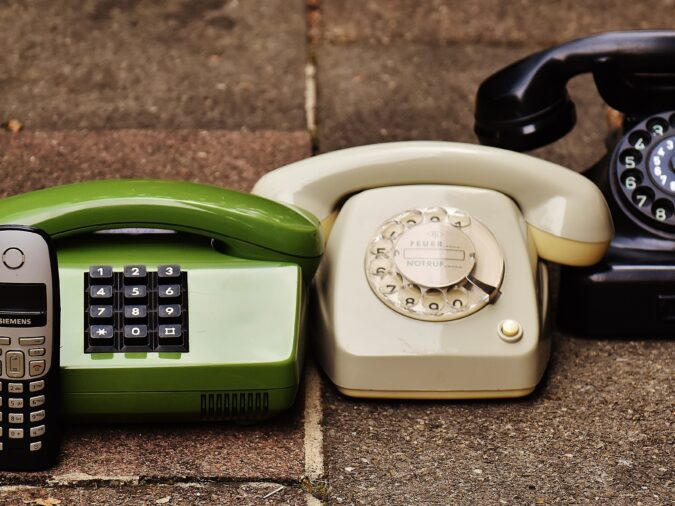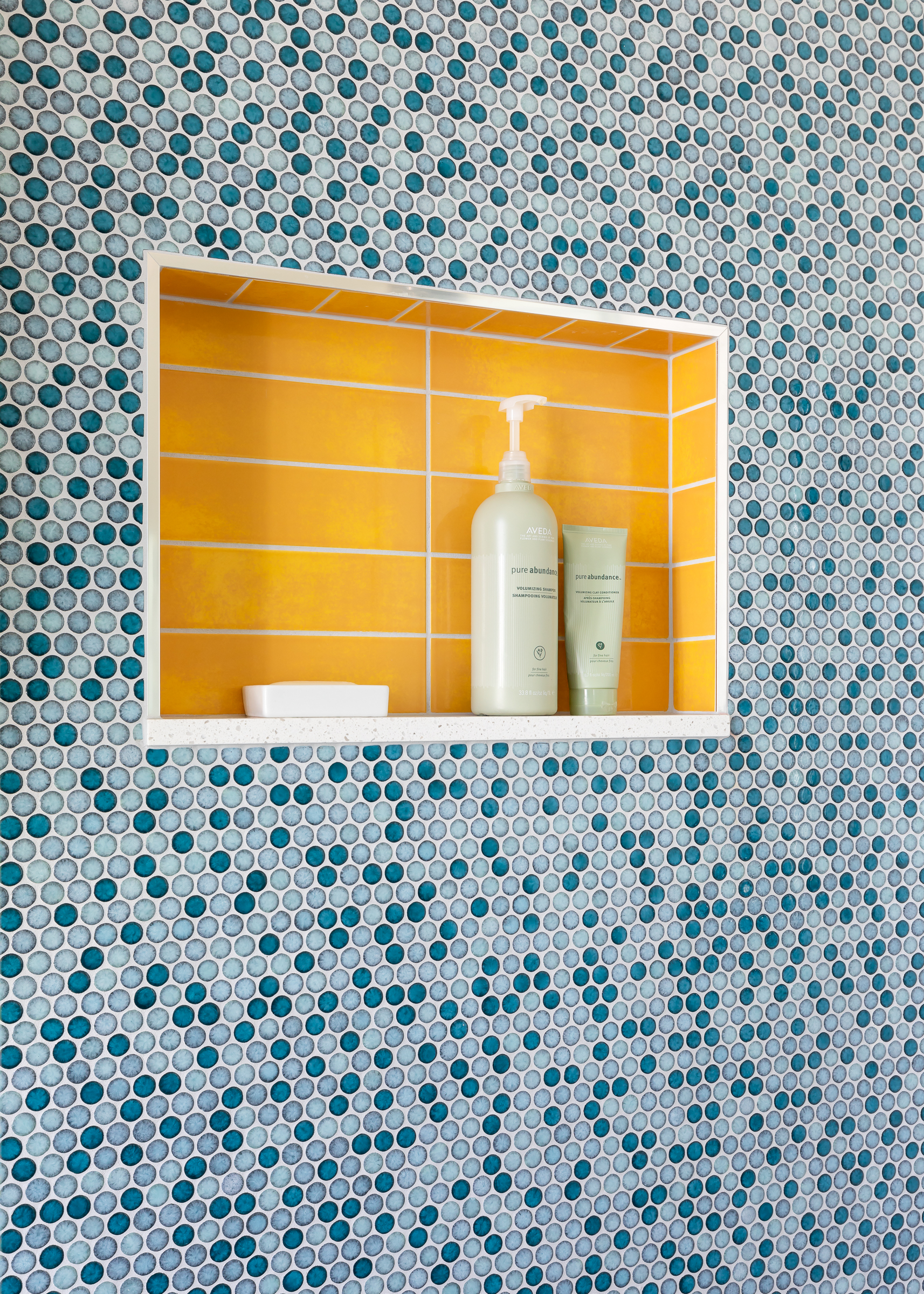Couples & Design – a helpful strategy for designing a room you both love
Couples & Design – a helpful strategy for designing a room you both love
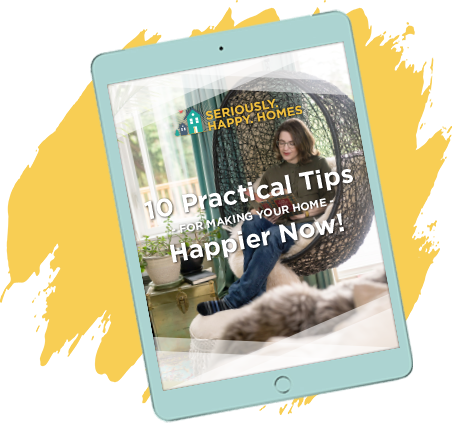
Eager to get happy at home right now?
Get 10 tips for a happier home!
We work with couples all the time and, much to the delight and surprise of many of our clients, agreeing on the design often turns out to be easier and smoother than they expect. Are we brilliant couples therapists in designer’s clothes? Nope. Instead, we use *visual* communication to our advantage and get folks on the same page from the very start.

Want to make sure you are on the same page with your loved one (or with anyone you’re sharing a space with)? Here’s what to do:
1) Pick one room to work on (if this already creates contention, put the names of the possible rooms that could use updating, put them in a hat, and draw at random). Let’s say you are working on the living room.
2) Independently, come up with a list of why you want to change it, how your life would feel different if you changed it, what a possible budget might be, and what you need in the room (eg, comfy couch, 72″ TV, display shelves, dog bed, area for piano). Put the list of what you need in the room in priority order (this will help you with compromises at step 6).
3) Each of you (again, independently), go online (we like Houzz.com, but lots of our clients use Pinterest, or just use Google images) and choose ten living rooms that you would LOVE to come home to. Don’t filter yourself *too* much. The rooms don’t have to have the same architecture as your home, or be the same size. Just find ten rooms that say “home” to you.
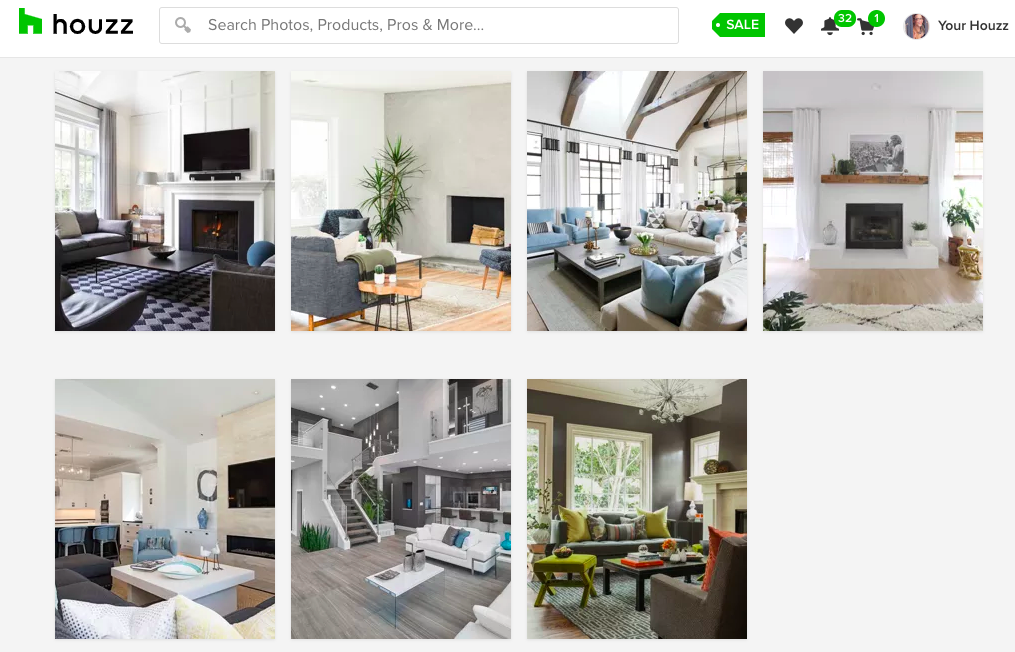
4) review Your set of ten images, and identify what the images have in common (within your set of ten). For example, maybe all the rooms are neutral, have a fair amount of contrast, have white walls, have lots of plants, and have furniture that is light, modern, and leggy.
5) Return to your lists from step two and define a *common* purpose (this will help if you start to hit roadblocks with your design compromises later.) Reveal your proposed budgets *and* your sense of how changing the room will change how you live. Done right, this process will help you identify the right budget (which might be higher or lower than you thought), determine common goals (for your home and your life), and help your partner understand why the changes are important to you, beyond just following some trend you saw on Instagram. Note that I suggest doing this *after* you choose your ten images so that you don’t let that conversation influence your choices of rooms you love.
6) Finally, reveal your ten images to each other and Look For what the two sets of images have *in common.* Try to do this without judgement. If all the rooms have brown wood, say they all have brown wood, rather than calling them “poop-colored” or “dark and gross” or “cave-like” (yes, we’ve heard those things). You are likely each going to have to compromise, but if you start with what you both want, it’s easier to make compromises afterwards.
Most of our couples are surprised to find out they have more in common than they thought, especially when they stop trying to *describe* what they want (what do you even mean when you say “blue”?) and start *showing* what they want. And even for our couples that have different goals in mind, at least visual communication assures that we can argue about the right things instead of risking miscommunication.
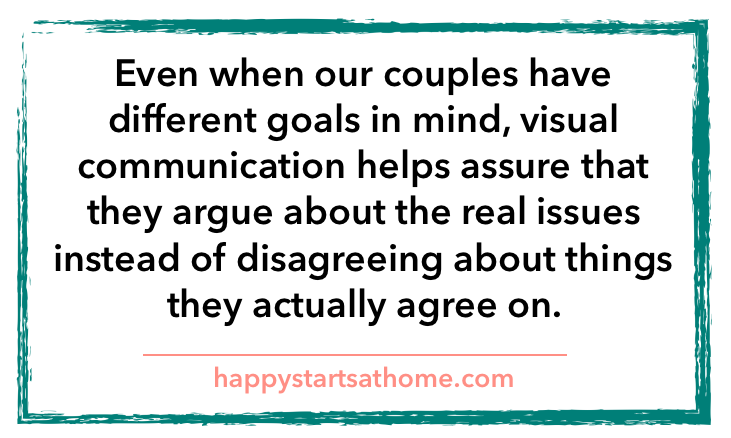
If you really are on completely different pages when it comes to design (or if you should even embark on a project) then having a thoughtful and intuitive designer can help mediate the process, but if you do this work first, even working with a designer will go better! No matter where you’re at in the design process, we’d love to help! Schedule a virtual Design Helpline to meet with a pro who can guide you through the journey!
Good luck! And just remember, this is a home for the *two* of you, so just make sure that at the end, when someone visits your house, they can tell that you both live there! 😉
May your home always be happy!

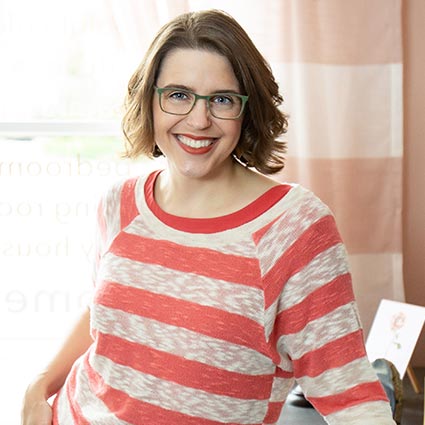
HI, I'M REBECCA WEST!
I’m an interior designer, author, podcaster, speaker, and coach to other designers. (Whew!) But I’m not your classic interior designer because, frankly, I don’t care if you buy a new sofa. I do care if your home supports your goals and feels like “you.” Remember, happy starts at home!
More From Seriously Happy Homes
Are you ready for a seriously happy home?
(Cue the confetti!)

Eager to get happy at home right now?

